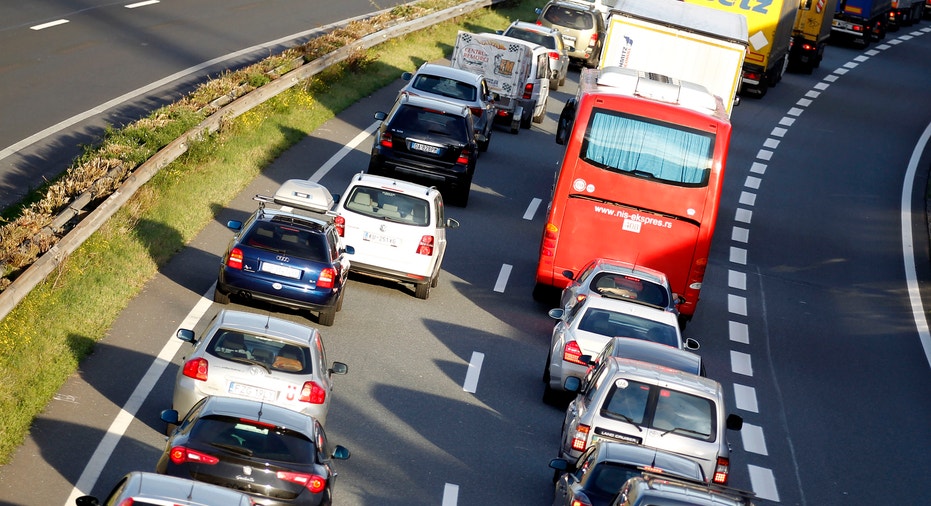The True Cost of Auto Insurance Fraud - How We All Pay In Increased Premiums

Insurance fraud is not simply the act of people taking advantage of a faceless corporation, as the ethically challenged may claim. It costs all Americans through increased premiums, and it can take a much worse toll in some cases – even potentially resulting in death.
Auto Insurance Fraud Is on the Rise
According to the National Insurance Crime Bureau (NICB), auto insurance is the greatest component of overall insurance fraud. In the 2013 NICB report, suspected cases of auto insurance fraud rose 12.7% from 2011 to 2012, reaching a nationwide total of 78,024. This raised the three-year total from 2010 to 2012 to over 209,000 questionable claims (QCs).
To put this in perspective, auto-related QCs during 2012 were over four and a half times more prevalent than the next highest category (17,183 homeowner’s personal property QCs) and almost seventeen and a half times more than the third place category (workers compensation, including employer’s liability).
Studies estimate almost 25% of the bodily injury claims related to auto crashes are bogus. Property and casualty claims against auto insurance are not much better, coming in at around a 10% fraud rate.
The NICB estimates the direct cost to you at around $200-$300 per year extra tacked onto your premium. The indirect costs are likely to be far more than that, estimated at around $1,000 per family according to the Texas Department of Insurance.
The indirect costs are not always obvious, but they are significant. For example, some portion of the prices you pay for goods and services is devoted to covering the inflated insurance costs of the business – and for fraud schemes, businesses are even more tempting targets than individuals.
Estimates vary on the overall cost, but the Coalition Against Insurance Fraud puts the cost of fraudulent claims in the range of $80 billion annually. Claims tend to rise during difficult economic times, and the recent recession was no different.
Types of Fraudulent Claims
What is the nature of all of these bogus claims? Auto insurance fraud is typically broken into two classifications – “hard” and “soft”.
Hard fraud occurs when an insurable event is either staged or fabricated outright. This includes scams such as phony hit and run accidents, triggered rear-end collisions, and fake car thefts.
Soft fraud refers to inflating a legitimate claim to cover nonexistent or unrelated charges. Examples include claiming damage from a previous event or racking up unjustified medical expenses claiming the wreck was at fault. Underwriting fraud, or misrepresenting your insurance information to lower your premiums, may also be considered a form of soft fraud.
The Auxiliary Dangers
In the case of auto insurance fraud, hard fraud is on a significant increase and staged accidents account for the greatest part of it. Staged accidents often involve innocent people who happen to be in the wrong place at the wrong time and get inadvertently caught up in a staged collision or a subsequent chain reaction.
There have been multiple cases of injuries and deaths from staged accidents that spiral out of control, and people have been successfully prosecuted as a result. Unfortunately, that does not bring back the deceased or heal the disabled.
Help Stop Auto Insurance Fraud
If you suspect auto insurance fraud, or any other type of insurance fraud, the has a toll-free hotline (1-800-835-6422 or 1-800 TEL-NICB) that you can call to report the fraud anonymously for further investigation. We hope that you never find yourself in this situation – but if you do, please be part of the solution and not part of the problem.
More From MoneyTips.com:
Social Media and Insurance ClaimsInsurance Company Tracking DevicesHow to Insure Your Car When Children Start Driving



















